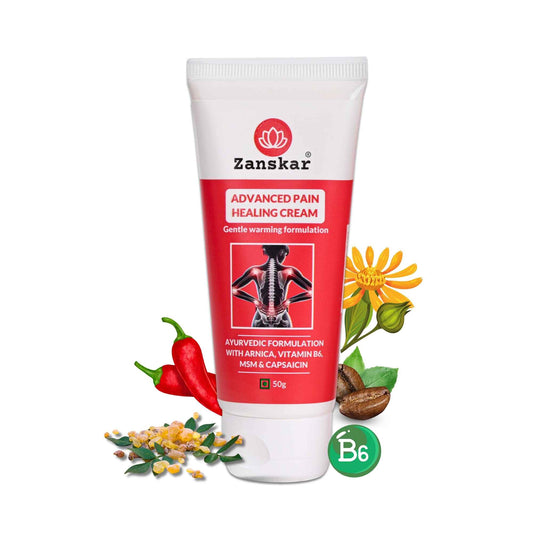What Does Cervical Traction Do?
Cervical traction can be used for a variety of purposes.
- It can be used to help decrease compressive forces in the neck, which can help take pressure off of the discs that reside between the vertebrae (spinal bones) in the neck.
- It can also open up the spaces where nerves exit the spinal canal, which can help relieve pressure off of a compressed nerve.
- Traction can also help stretch the muscles and joint structures around the neck.
Common diagnoses that may benefit from cervical traction include, but are not limited to:
- Herniated or bulging discs in the neck
- Neck strains
- Neck Pain
- Cervical muscle spasms
- Radiculopathy
If you have any of these conditions or symptoms, check in with your healthcare provider and visit your PT to see if cervical traction is right for you.
Contraindications
Generally, it’s safe to perform cervical traction, but it is not right for everyone.
It’s possible that you can experience side effects such as headache, dizziness, and nausea upon adjusting your body in this manner. It’s also possible for you to injure your tissue, neck, or spine. You should avoid cervical traction if you have:
- RA
- postsurgery hardware such as screws in your neck
- a recent fracture or injury in the neck area
- a known tumor in the neck area
- a bone infection
- issues or blockages with vertebral or carotid arteries
- osteoporosis
- cervical instability
- spinal hypermobility
There are several ways to do cervical traction, either with a physical therapist or on your own at home. Your physical therapist can help you to decide upon the best method to suit your needs.
-
Manual cervical traction: Manual cervical traction is done by a physical therapist. While you’re lying down, they’ll gently pull your head away from your neck. They’ll hold this position for a period of time before releasing and repeating. Your physical therapist will make adjustments to your exact positioning in order to get the best results.
-
Mechanical cervical traction: Mechanical cervical traction is done by a physical therapist. A harness is attached to your head and neck as you’re lying flat on your back. The harness hooks up to a machine or system of weights that apply traction force to pull your head away from your neck and spine.
-
Over-the-door cervical traction: An over-the-door traction device is for home use. You attach your head and neck to a harness. This is connected to a rope that’s part of a weighted pulley system that goes over a door. This can be done while sitting, leaning back, or lying down.
Does Neck Traction Really Work?
When considering any medical treatment, in the PT clinic or elsewhere, it helps to understand what research is available for the treatment and how it may help your condition.
A 2017 meta-analysis published in the journal Spine examined seven different cervical traction studies. The researchers concluded that neck traction can possibly offer short-term neck pain relief. The research is inconclusive when determining if traction offers long-term relief, and more studies need to be done on cervical traction to determine this.
Learn More About Zanskar Health
If you have cervical pain that makes it hard to move, Zanskar offers the most advanced full stack pain relief solutions for you.
Now available to purchase, Zanskar® Advanced Pain Healing Cream has a unique formulation of natural ingredients like Arnica, Vitamin B6, MSM and Capsaicin, which is trusted by over 20L+ pain sufferers globally. It provides lasting relief from muscle and joint discomfort that you can feel good about. Get your fix before stocks run out - buy now.
You can also gain access to therapeutic exercises and stretches for your condition by downloading the Zanskar Health physiotherapy mobile app. Additionally, you’ll have a personal care team to guide, support, and tailor our program to you, including behavioral and nutritional coaching.
Download our mobile app here 👉 download and track your exercise streak.
Medical Review: This article is written by Dr Nishtha Mittal (Senior Health Content Editor at Zanskar Health) and has been medically reviewed by the medical team at Zanskar Health. This article and its contents are provided for educational and informational purposes only and do not constitute medical advice or professional services specific to you or your medical condition.









